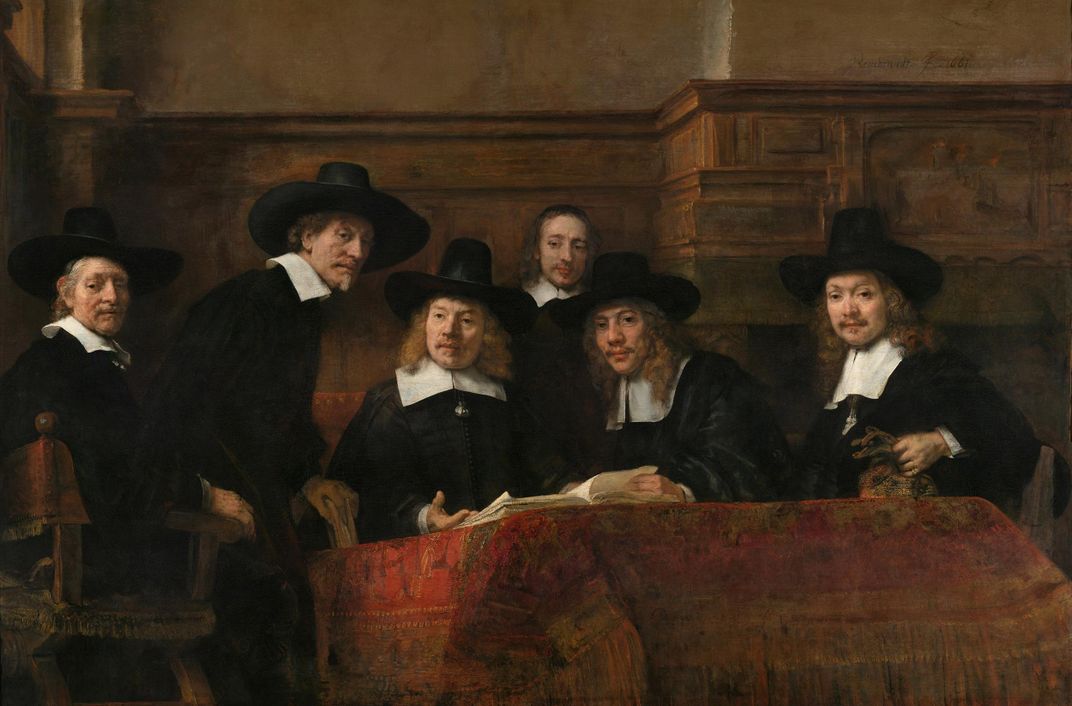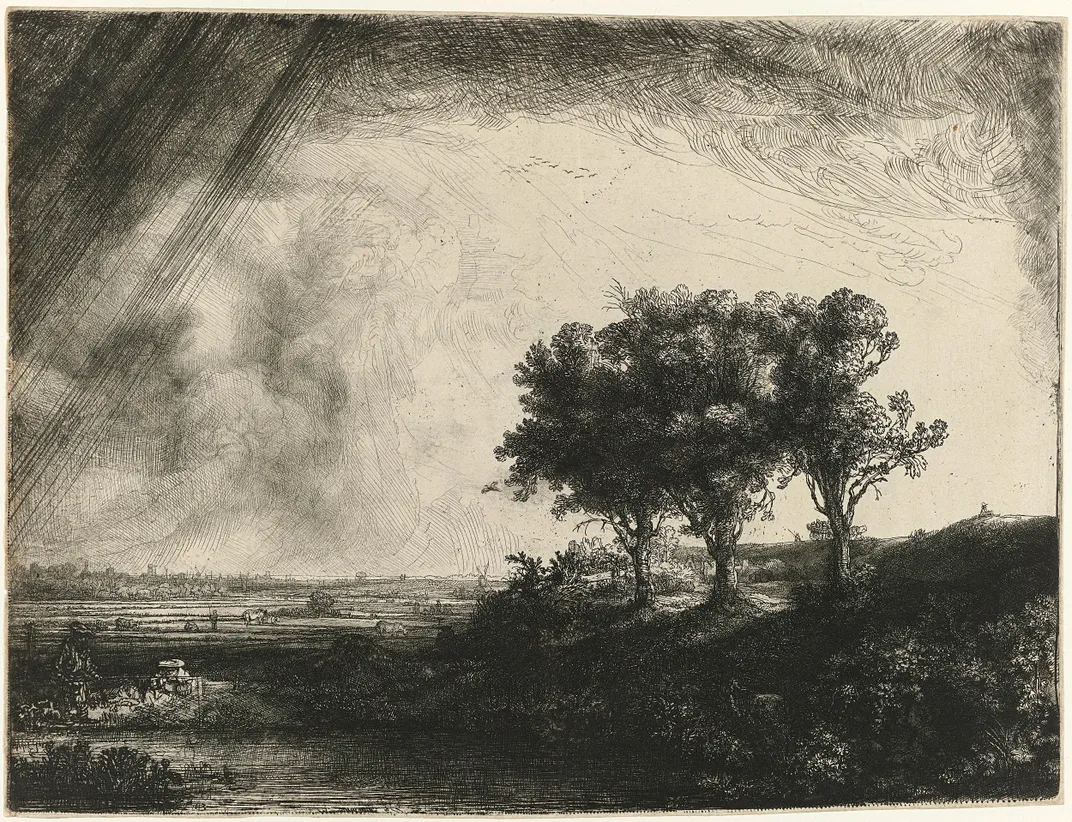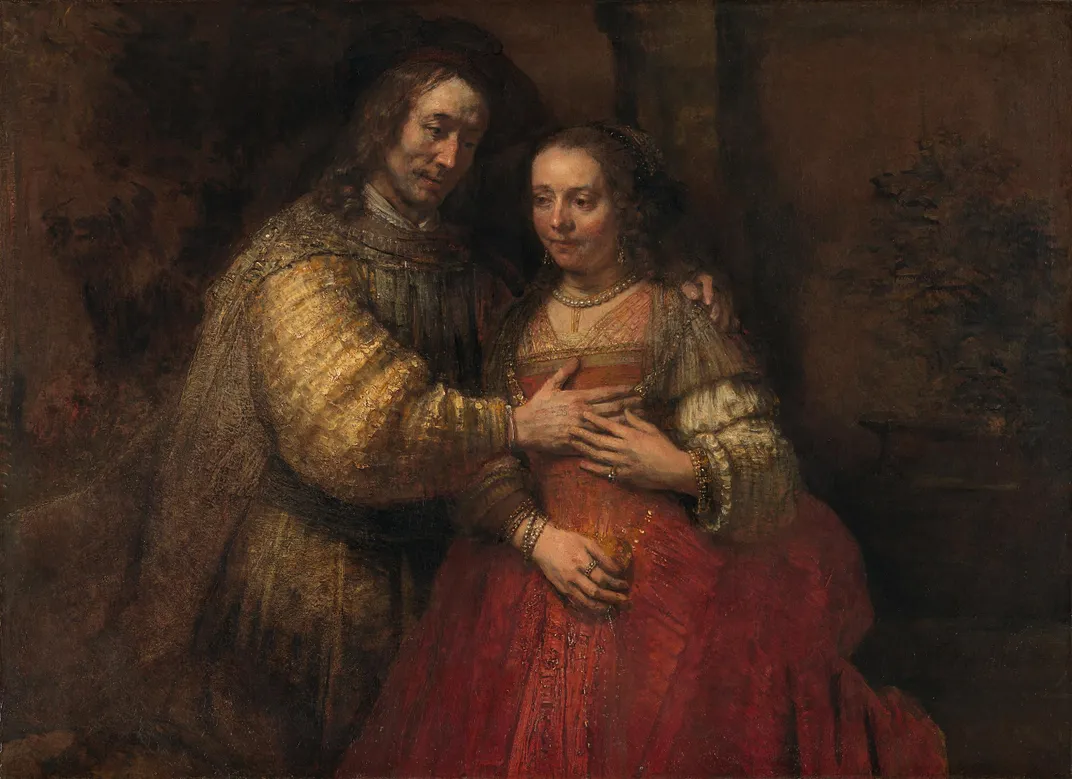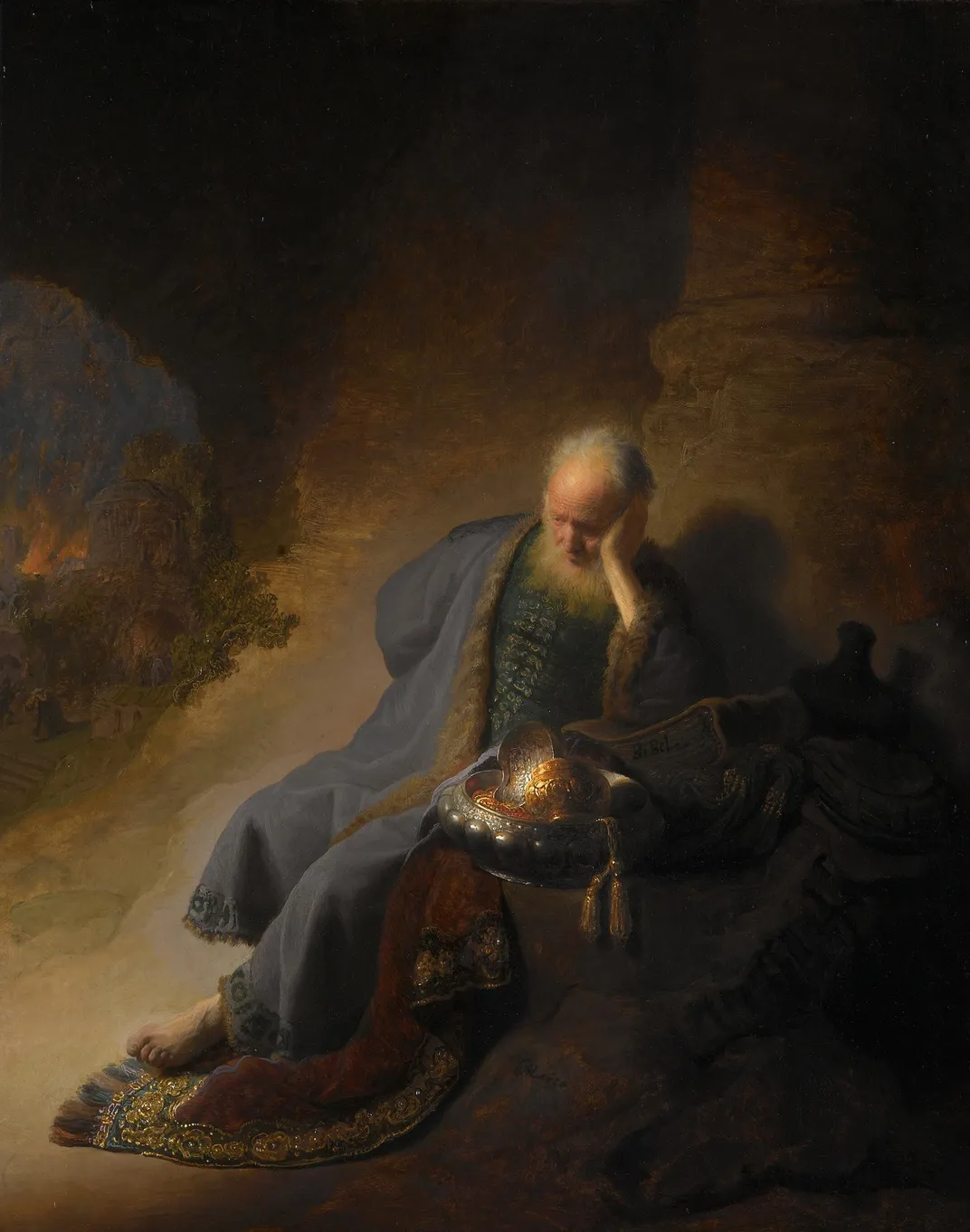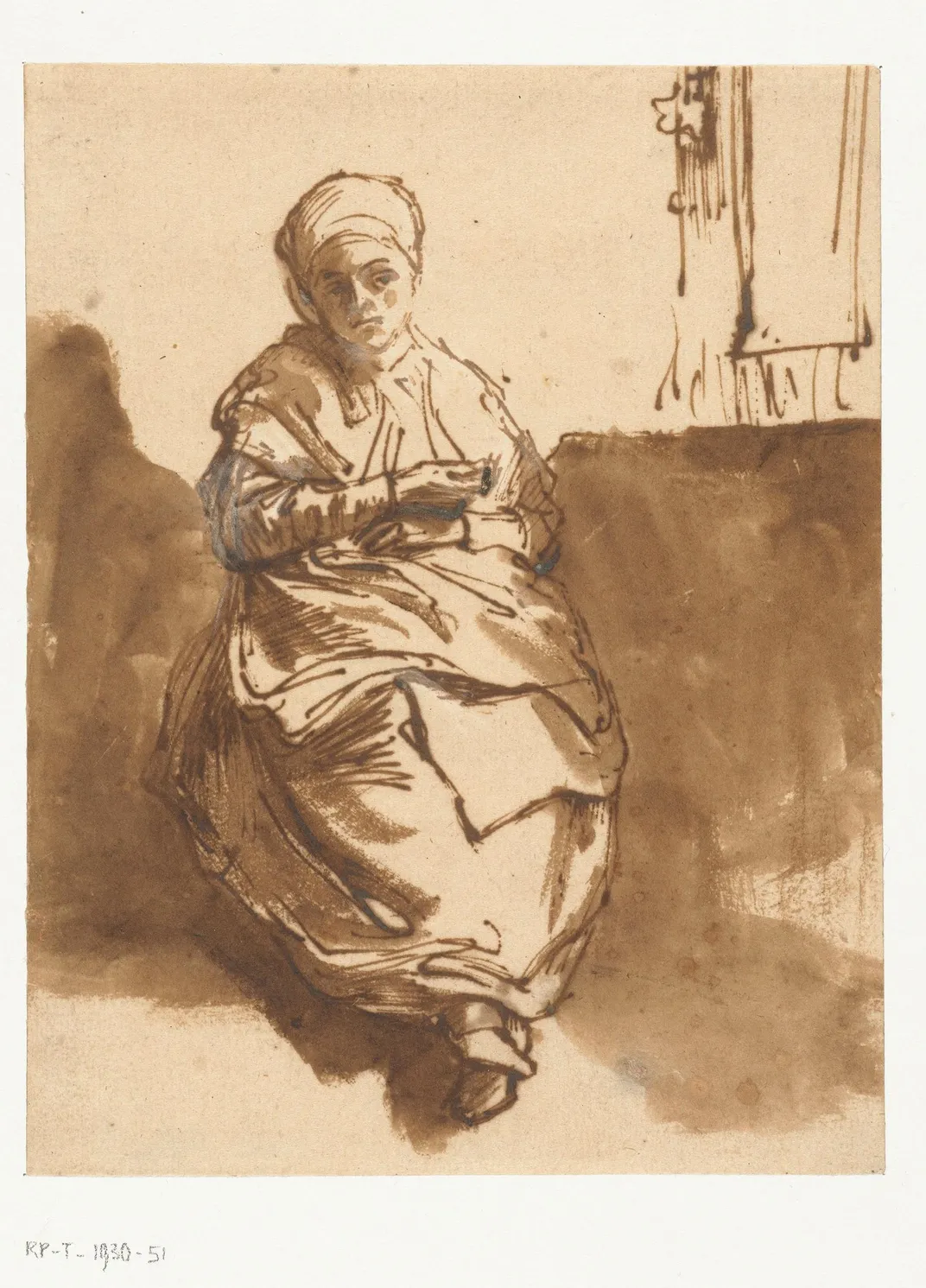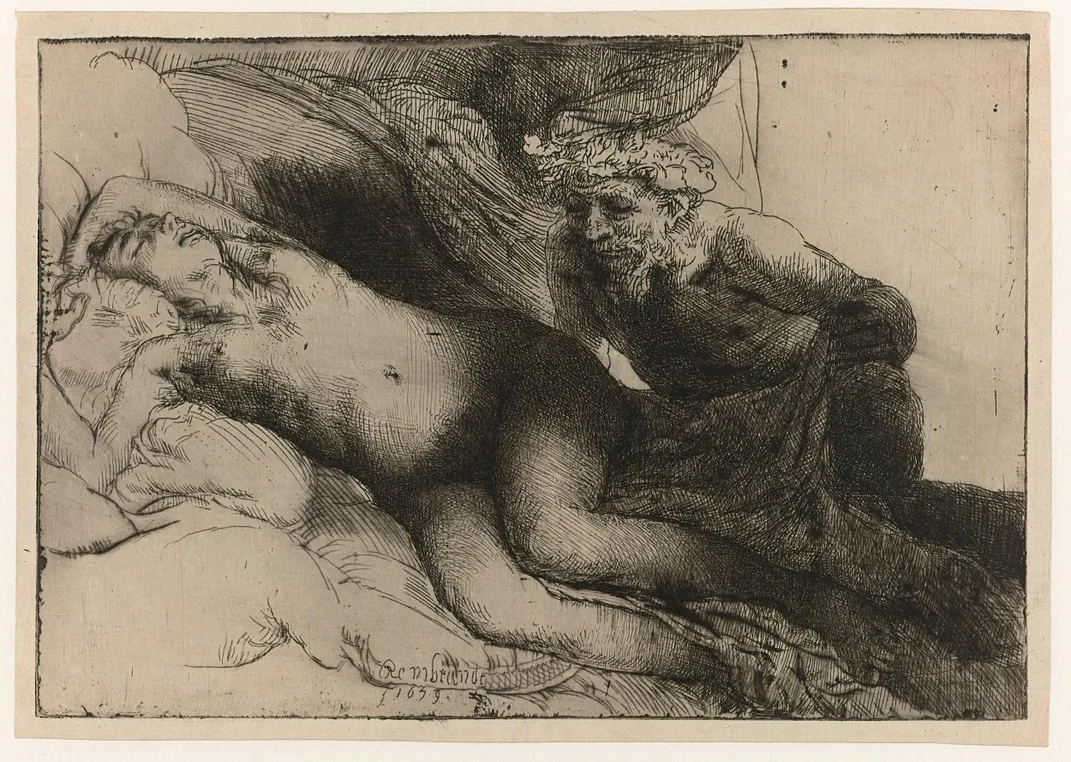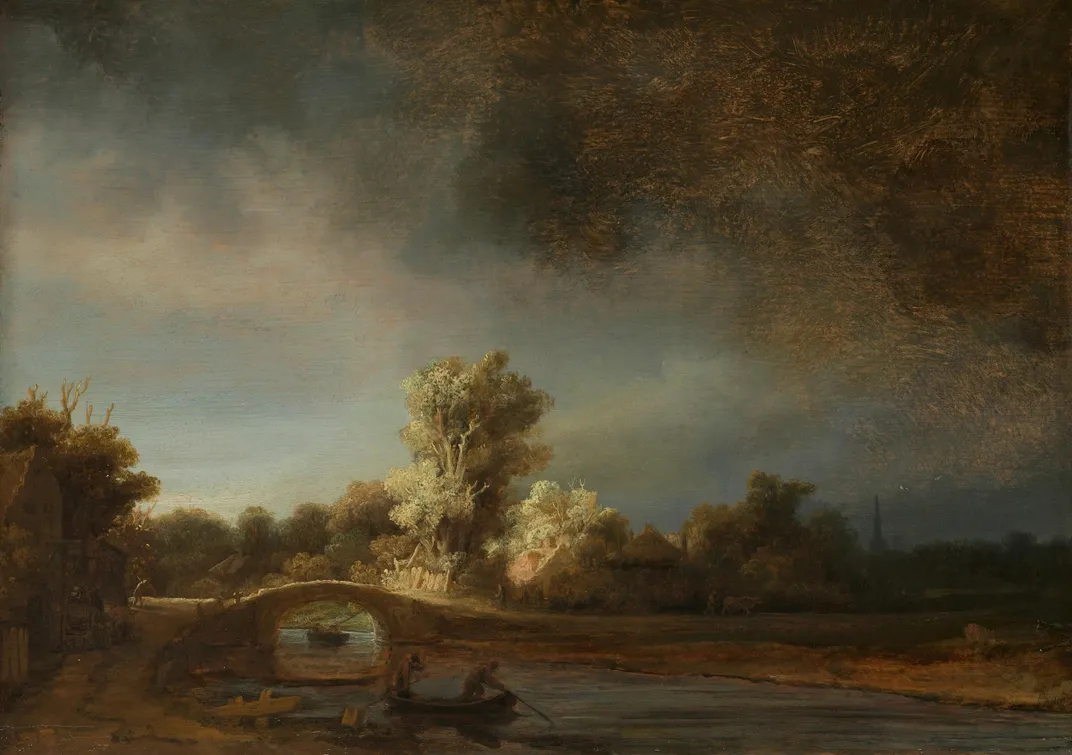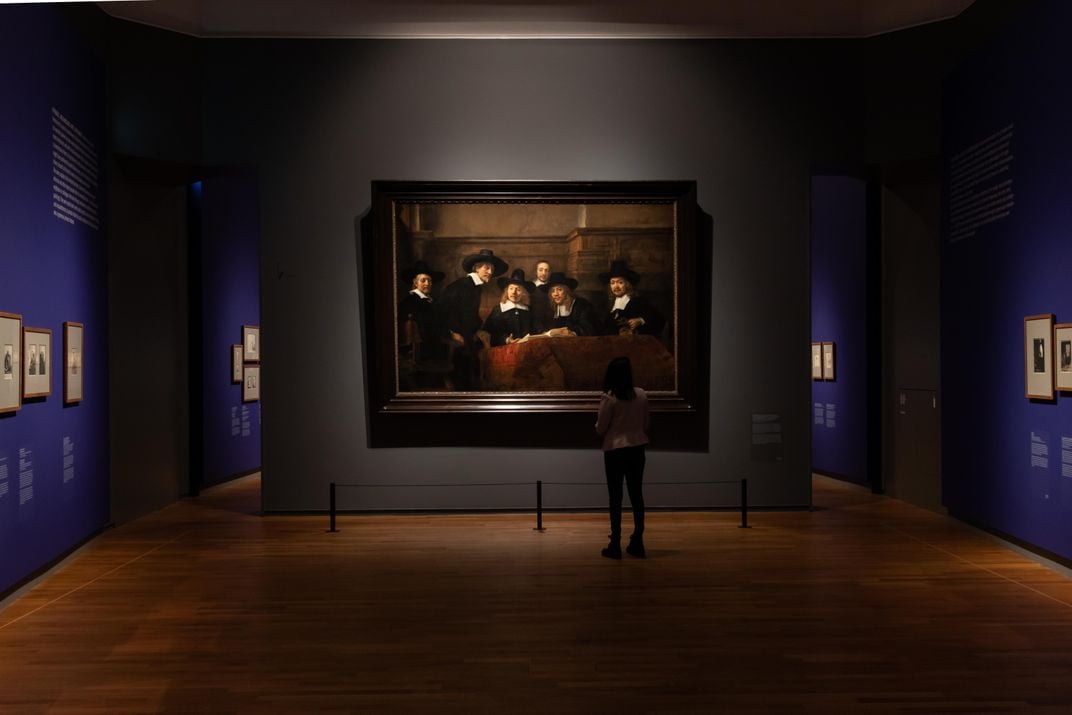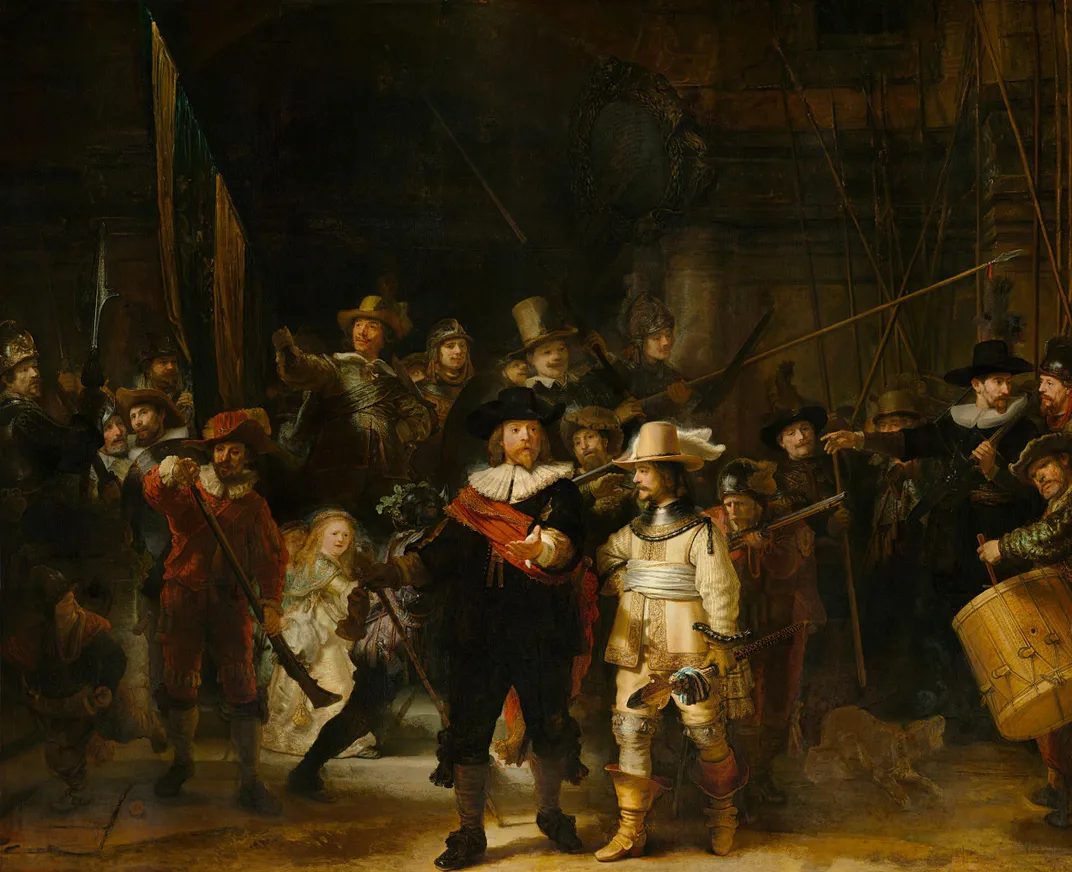Dutch Museum Shows Every Single Last Rembrandt in Its Collection
To mark the 350th anniversary of the master artist’s death, Rijksmuseum is putting all 400 works on view together for the first time
Fans of the 17th-century painter Rembrandt van Rijn rejoice: The Amsterdam-based Rijksmuseum is showcasing every single work by the master in its collection—400 in all.
"All the Rembrandts," as the exhibition is fittingly titled, goes on view during the 350th anniversary of Rembrandt's death. The display is impressive: Rijksmuseum has the most comprehensive collection of Rembrandt works in the world.
All told, 22 paintings, 60 drawings and more than 300 prints have gone on display, the first time that all the works are up at once together. Many of the drawings and prints have rarely been visible to the public because they are "extremely fragile," Rijksmuseum's director Taco Dibbits tells Naomi Rea for artnet News.
Visitors can follow Rembrandt’s life, from his early days through the height of his fame to the slower decline as his painting style fell out of favor. Self-portraits and famous works such as the marriage portraits of Marten Soolmans and Oopjen Coppit will share wall space with more intimate drawings.
One of Rembrandt's most famous works, a large painting called The Night Watch, is part of the show. After "All the Rembrandts" closes in June, it's scheduled for a years-long process to restore it later that summer. But that will not interrupt the public's enjoyment of the work, as "The Night Watch" will be encased in a clear glass chamber throughout the restoration process.
"The Night Watch is one of the most famous paintings in the world," Dibbits says in a press release. "It belongs to us all, and that is why we have decided to conduct the restoration within the museum itself – and everyone, wherever they are, will be able to follow the process online."
The painting remains popular because of its size, the action it depicts and mystery that still lingers over its reception during Rembrandt's time, explains Fisun Güner for BBC.com. Originally called The Company of Captain Frans Banning Cocq and Lieutenant Willem van Ruytenhurch, the 11- by 15-foot large painting shows a flurry of activity. In the center of the scene, a captain gives orders to a lieutenant as the two stride forward. A musket goes off just behind the lieutenant's hat, additional figures behind the main ones are visible only as limbs or partial faces. A boy runs off to the side with a gunpowder horn and a dog cowers near a drummer beating out a rhythm.
While the chaos in the painting may have come as a surprise to those who commissioned it, Güner explains that there isn't any evidence the piece wasn't well received. Persistent rumors have blamed dissatisfaction with Rembrandt's work on The Night Watch with his downfall and eventual bankruptcy. Güner points to the untimely death of his children, a lack of responsibility in personal finances and an increasingly experimental painting style. He writes:
[Rembrandt's] style was going out of fashion. What was coming in was the kind of highly polished ‘fine painting’ practiced by the likes of Rembrandt’s former pupil Gerrit Dou, who soon overshadowed his former master in terms of fame and success. Rembrandt had to wait until the rise of the Impressionists before being, in a sense, ‘rediscovered’ and placed in the story of art that drew a direct line from him to them.
Fortunately for modern art appreciators, Rembrandt's deft handling of light and shadow are now well-appreciated.
To accompany the exhibition, Rijksmuseum will have special events, including a showing of amateur and professional works of art inspired by Rembrandt (please submit yours!) and a gathering of all the people who have the name Rembrandt.
